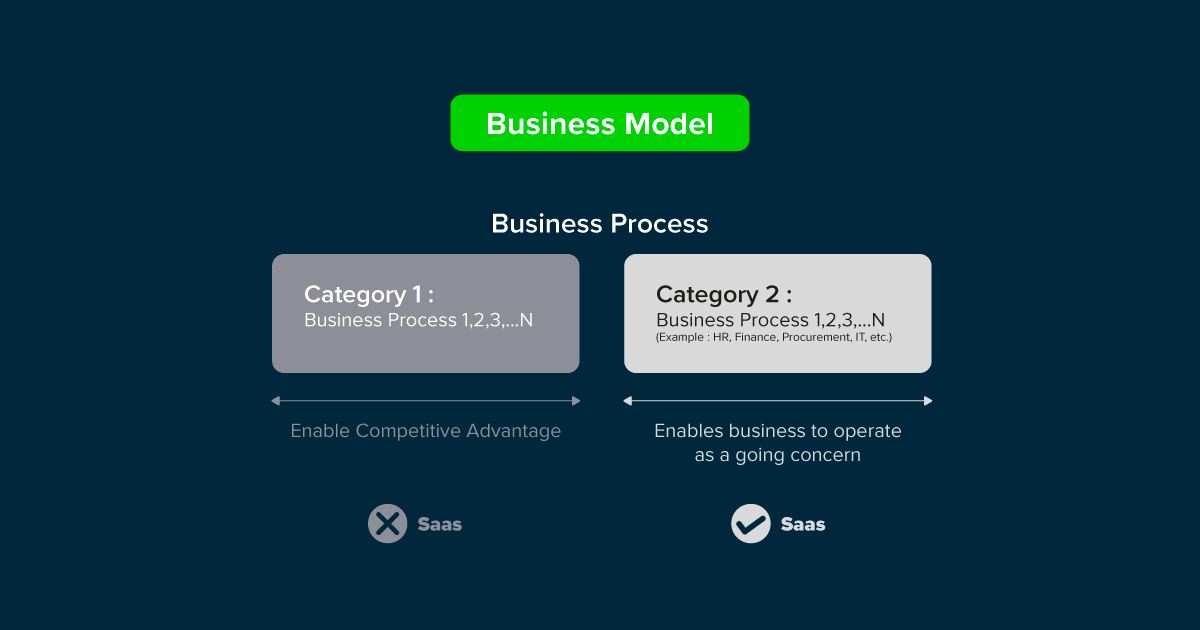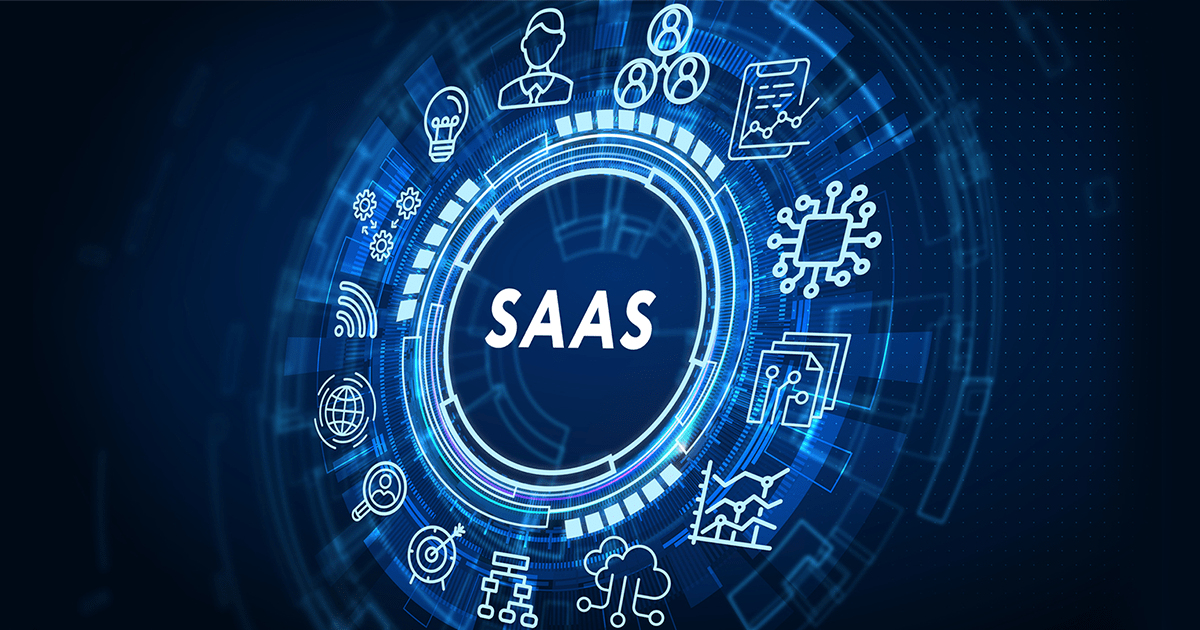Is SaaS the Right Choice for You?
According to a report by The Business Research Company, the global Software-As-A-Service (SaaS) market will grow from $212.20 billion in 2021 to $240.61 billion in 2022 at a CAGR of 13.4%. In 2026, the SaaS market is forecasted to reach $374.48 billion. The industry has been growing significantly during the last few years. In this article, we will discuss the circumstances in which the SaaS delivery model is the right choice for a business.
SaaS uses a delivery model where applications are hosted remotely by a vendor or service provider and are made available to customers over a network on a subscription basis. This is a departure from the conventional method of purchasing and implementing software, and SaaS vendors highlight many advantages this delivery model brings to the business environment. These advantages are
- Cost. SaaS eliminates the upfront cost of purchase and installation, as well on-going costs related to maintenance, upgrades and security. Instead, a pay-as-you go model is used, where the capital expenditure incurred is replaced by operating expenditure
- Time. Installation and cutover to a SaaS application is typically far quicker than purchasing, configuring, and deploying software
- Scalability. As demand for the SaaS application increases, more capacity can be purchased, either automatically, or by upgrading the usage plan, thus eliminating the need to accurately forecast the growth of demand for the SaaS application. It is also noted that this benefit is also now available when customized software is developed natively in the cloud with event-driven architecture
Alternative Lens
However, we argue that these value propositions are not the lens that should be used to evaluate if SaaS is the correct choice for a business. Cost, time and scalability are all important, but should not be the primary determinant of a business decision to utilize SaaS.
A business model is composed of multiple business processes that enable the company to make profit. These business processes exist within a specific department, extend across departments within a corporation and also extend between corporations. All of these business processes are enabled through software applications or through a combination of manual processes and software applications.
These business processes can be classified into one of two categories. The first category consists of business processes that bring competitive advantage to the business. The second category consists of business processes that exist to enable the business to operate as a going concern, and do not result in competitive advantage to the business. This is an important distinction and has an implication on the decision to use SaaS.
Use-cases for SaaS
We put forward the following positions
- Category 1: SaaS applications are not recommended in instances where it is expected to enable business processes that bring competitive advantage to a business
- Category 2: SaaS applications are well suited for business processes that enable the business to operate as a going concern, i.e. business processes that do not bring competitive advantage

Category 1
In order to understand this rationale, we need to delve deeper into the design intent of SaaS applications. Each SaaS application will have a unique value proposition compared to its peers. However, SaaS applications are typically designed and built to service a large swathe of customers, as the profit margin for the SaaS vendor is generated from its large customer base. In order to design and build a SaaS product that meets the needs of a large customer base, the requirements that go into the SaaS product development cycle are typically requirements that are shared across the potential large customer base. In order words, the requirements are more generic to the business process or function, and not unique to any specific customer.
When a business process brings competitive advantage to a company, there are many unique and customized ways of working, either manual or automated, that are incorporated into the business process. Attempting to fit a SaaS application into a business process with unique and customized ways of working, can prove challenging for the following reason. The SaaS application may not be able to accommodate to the unique and customized mode of operation in the business. Some SaaS applications do permit some level of customizations, however, this is still restrained by the architecture of the SaaS solution, and hence there is a limit to what types of customizations can be done. If the SaaS application is forced into use despite the limitation, this usually results in some compromise in the desired business process, or in additional manual interventions by the end users. During an implementation, these additional manual interventions can results in resistance from the end users towards the SaaS application.
The converse is also worth reflecting on. If a business process that provides competitive advantage can be enabled completely with a SaaS, it is necessary to ask if this process is really providing competitive advantage to the business, as this implies that a competitor can also implement the same SaaS and achieve the same outcomes.
Category 2
Every business has many business processes that enable the business to operate as a going concern. Some common examples are the business processes within the HR, Finance, Procurement and IT functions. These are ideal use cases for SaaS applications, and fit well into the design intent of SaaS vendors, which is to fulfil requirements shared by customers across a large customer base. In other words, many of the requirements for HR, Finance,
Procurement and IT functions are common across companies, and hence are well suited for SaaS applications.
However, this is not to imply that HR, Finance, Procurement and IT functions cannot be of competitive advantage to a company. If the Procurement function for a specific business is a collection of business processes that bring competitive advantage to the business, then a SaaS would not be suitable for this company.
Conclusion
In summary, SaaS applications have a lot to offer. When SaaS is utilized effectively, it can help businesses generate revenue, reduce costs and manage risk more effectively, while not introducing constraints to the business model. However, a careful analysis of the business model and a deep understanding of the business processes that bring competitive advantage is necessary prior to evaluating suitability of a SaaS application for a particular use case, and making the final business decision on the use of SaaS.
You too, can bring your business to the next level with us.






